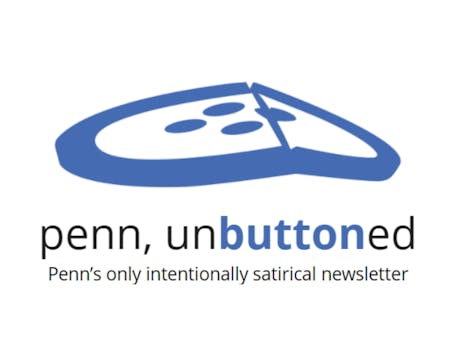
Whether the backdrop is a tattooed bicep or hippie-era flowers, ads created by the University since 2000 promote the idea that the average Penn student drinks four or fewer alcoholic beverages when partying.
This alcohol education approach is modeled after social norming campaigns used at other schools that aim to correct the tendency of undergraduates to overestimate how much their peers drink. These programs have proved effective at a number of universities.
Yet, on the whole, such campaigns are largely ineffective and have even been linked to increased alcohol use, according to a study surveying over 100 colleges conducted by the Harvard University School of Public Health.
"In every respect, the findings were consistent: There was no drop in drinking behavior," the study reported. The findings indicated that social norming campaigns did not cause a decrease in alcohol consumption as measured by quantity or frequency. Levels of drunkenness and heavy episodic drinking also did not decline.
While the average number of drinks that Penn students consume when they party has increased over the past several years, University Director of Alcohol Policy Initiatives Stephanie Ives said that this does not indicate that the campaign has failed.
"You have to ask yourself why you invest in this sort of campaign, and the reason you do is, number one, getting people to talk about alcohol abuse. ... It has succeeded in that way," Ives said.
Many students have voiced concerns that the ads do not offer a compelling message.
The ads say Penn students are drinking "moderately" and "making healthy choices," citing the "four or fewer" statistic as evidence.
Yet, by national standards, if a woman consumes four drinks in one sitting, she is engaging in "binge drinking."
Ives noted that she was aware of student concerns about the message, but stressed that "there's research philosophies and research data behind why we still do this campaign."
That campaign is focused above all on correcting student misperceptions about average drinking levels.
"We are trying to get students to recognize that it is not just four," Ives said, noting that the campaign centers on improving the behavior of higher-risk drinkers. "We are not encouraging you to drink four drinks. We are not trying to get you to drink to a level that you are not comfortable with."
Ives also noted that the campaign has not had enough time to run its course.
"A lot of campuses that have seen these sorts of changes [like reduction in binge drinking] have been doing these campaigns for over 10 years," Ives said.
However, Penn's Office of Health Education Web site includes information from the National Social Norms Resource Center that cites considerable reductions in the percentage of students engaging in heavy episodic drinking behavior at some schools after just one year of the campaign.
One such school is Santa Clara University. After a yearlong poster campaign with a message similar to Penn's, SCU reported that student survey data reflected a 10 percent decrease in the number of students who had consumed five or more alcoholic beverages in the two weeks prior to the survey.
Penn has evaluated the success of the campaign, in part, by concentrating on student familiarity with the four or fewer advertisements.
In 2000-01, Penn dedicated a significant portion of the undergraduate annual alcohol and drug behaviors survey to analyzing how many students had seen each ad. Survey results indicated that the ads had a high level of visibility.
Further promoting the current strategy, Alcohol Policy Initiatives will be holding a student competition to redesign the social norming campaign for coming years.
"The challenge is to expose people to a message that is positive and will make people want to do something positive for themselves," Ives said.
The Daily Pennsylvanian is an independent, student-run newspaper. Please consider making a donation to support the coverage that shapes the University. Your generosity ensures a future of strong journalism at Penn.
DonatePlease note All comments are eligible for publication in The Daily Pennsylvanian.







